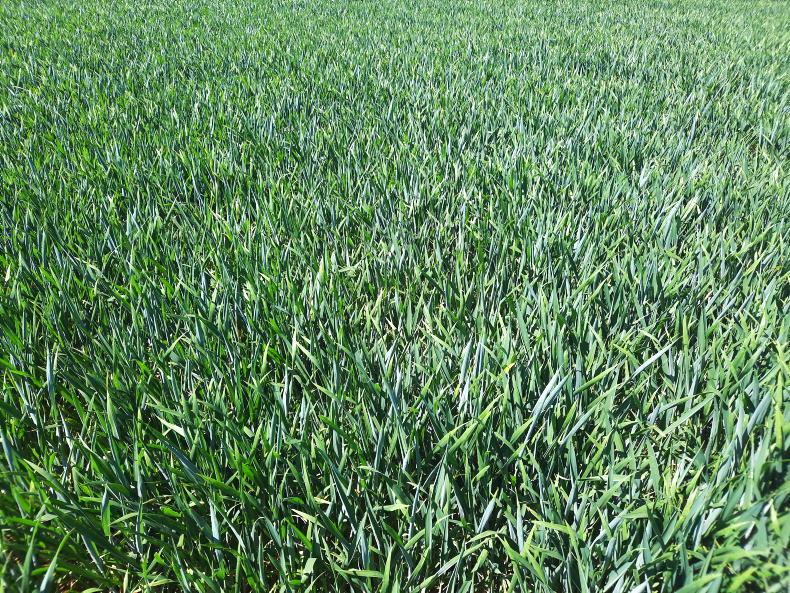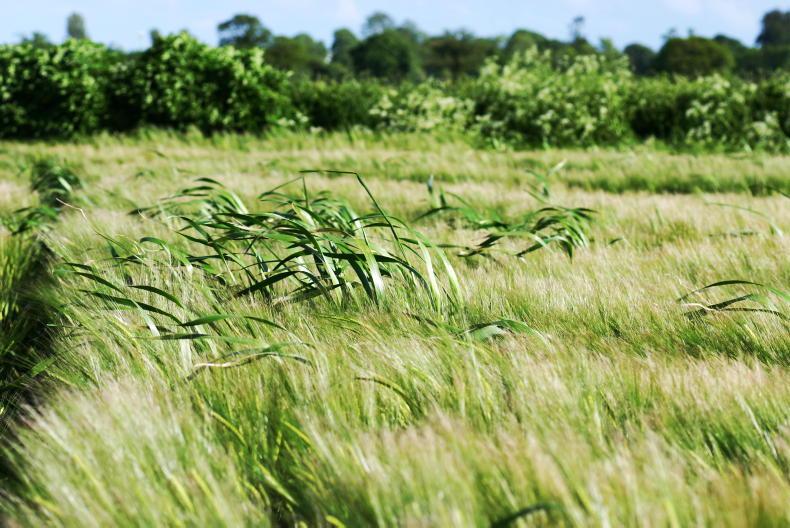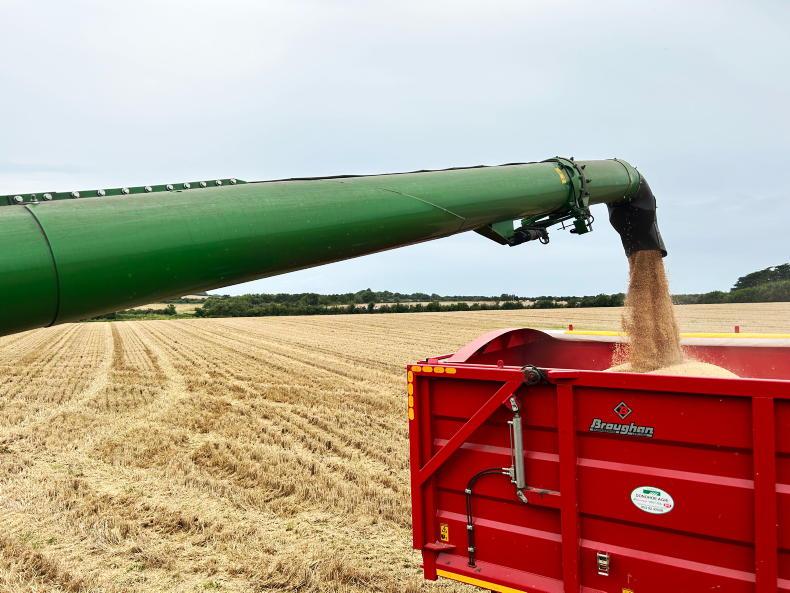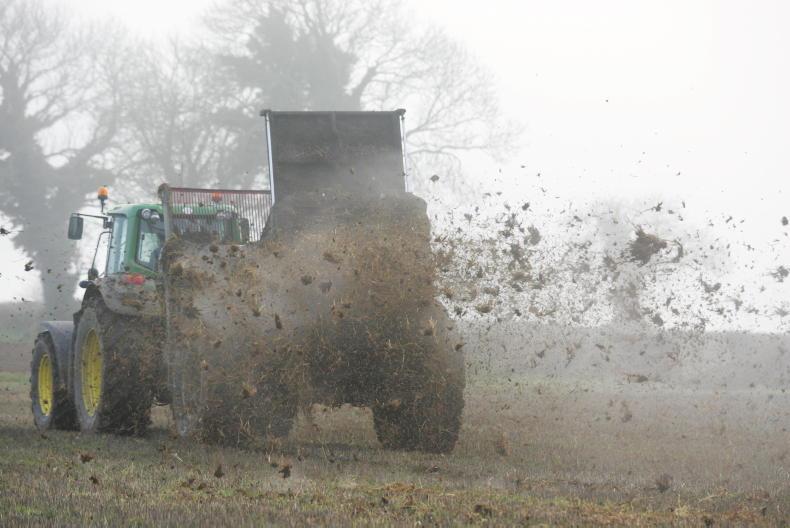Crop stress
The dry weather is taking its toll on crops at present and there is not much we can do. Potatoes and vegetables will be irrigated in some cases where water is nearby, but for the combinable crops we will just have to sit it out and see what happens.
Later sown crops are suffering most, as they did not establish well enough before the dry spell.
However, there are some measures that can be taken to reduce stress on crops. For starters, when temperatures are high try and get spraying done in the mornings and evenings when it is cooler.
Giving crops nutrition reduces stress and allows them to perform as well as they can, so make sure that crops have nutrients which they may be deficient in, like magnesium or manganese. A bio-stimulant may also help to reduce stress and help with fungicide uptake.
Spring Crops
Early-sown barley crops, sown in February are now mostly at awns peeping and due their final fungicide. Early-April sown crops have flag leaves out and awns out in some cases.
Some mid to late-April sown crops also have flag leaves emerging or are near it, with an odd crop with awns peeping. Apply folpet at the final fungicide for ramularia control, along with an SDHI and a triazole like prothioconazole.
If net blotch pressure is strong, consider a strobilurin, but if it’s not the SDHI should cover risk.
Heads are also emerging on spring oats and they are due their final spray – something like Elatus Era and nutrition where needed.
Beans
Most April-sown crops are not yet flowering and disease pressure is low, so hold off until flowering before you apply. If grass weeds need to be controlled, then see if they need to be sprayed before flowering.
Break crops give a great chance to get grass weeds under control and allow you to use alternative chemistry, so take the opportunity to use another product.
Beet
If rain does come in the coming days, it will no doubt be welcome for beet growers trying to get weeds under control. Use this time to get out with the sprayer.
Records
It’s a busy time of the year, but try and keep up with record keeping as you go along. Keep a notebook in the tractor and record the day you sprayed different crops and what you applied so that you have everything in order.
Map fields
With so many people saying that crops need rain, this might be a good time to walk your farm and note the places that are struggling most in the dry weather. You can then decide why this part of a field or the farm is struggling, maybe it would benefit from a break crop or a cover crop to help to solve compaction issues.
Open days
On the tillage pages this week I have listed some open days and evenings happening in June. Take a look and see if there is one nearby. There are many other walks on across the country not listed. It’s important to see the latest research and varieties and chat to fellow farmers.









SHARING OPTIONS